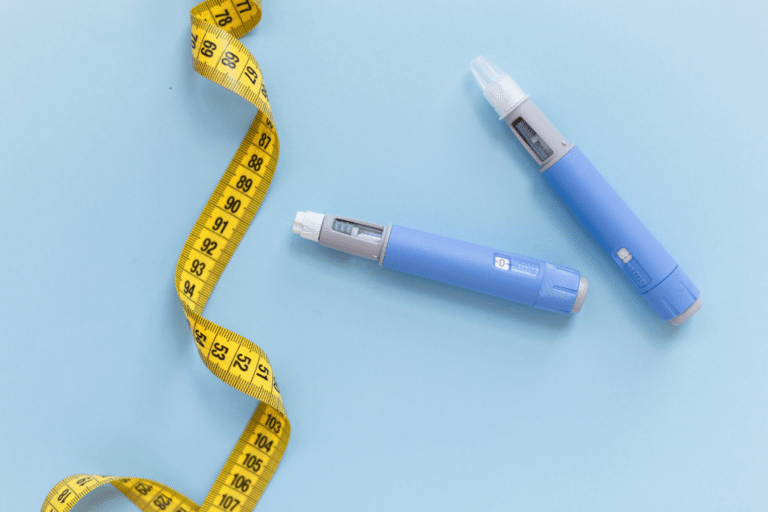Testosterone

You may have heard about testosterone therapy being used around the time of the menopause. In this article I’ll be covering what it is, why is its used as part of HRT and what the risks and benefits are.
Experiencing a low sex drive around the time of menopause is very common, often due to the impact of menopausal symptoms and midlife stresses. Hormones like oestrogen and testosterone play significant roles in maintaining our sex drive and ability to enjoy sex. Testosterone is produced in women by both the ovaries and adrenal glands. In fact, prior to the menopause the ovaries produce more testosterone than oestrogen. Levels of testosterone naturally decline with age. Women who have their ovaries removed (surgical menopause) suffer a more abrupt loss of their hormones including testosterone. Women who go through a premature or early menopause are more likely to have low levels and experience symptoms as a result. There is good evidence that testosterone therapy can improve sex drive, arousal, pleasure, and the ability to orgasm.
The Role of Testosterone
The primary reason for using testosterone therapy is to enhance sex drive. While some women report improvements in mood, energy levels, and brain fog, current clinical evidence primarily supports its benefits for sexual health.
How is Testosterone Administered?
Testosterone is typically given as a cream or gel applied to the lower abdomen, thighs, or buttock area. It is important to wash your hands after applying the gel or cream and cover the application area with clothes as close and relatively prolonged contact with others could transfer the hormone to them and they could then show signs of increased testosterone. Options include testosterone gels or Androfeme, a testosterone cream licensed in Australia and imported for use. In the UK, testosterone is not currently licensed for use by women and is prescribed off-licence. However, its use is supported by the National Institute for Health and Care Excellence (NICE) Guidelines on Menopause. Testosterone therapy usually needs to be used alongside Hormone Replacement Therapy (HRT), which contains oestrogen, as it is unlikely to be effective without adequate oestrogen levels in the body. Benefits may take a few months to become noticeable, with a recommended trial period of 3-6 months.
Potential Side Effects
Testosterone therapy in women is given in low doses to maintain levels expected in perimenopausal women. Side effects are generally mild, with some women noticing increased greasiness, acne, or thicker hair where the cream or gel is applied. These side effects are usually reversible upon stopping or reducing the dose.
Monitoring and Blood Tests
While blood tests cannot determine whether you might benefit from testosterone replacement, they are important for monitoring treatment and ensuring your testosterone levels do not rise too high. The first blood test is typically recommended after 8-12 weeks of treatment and then annually if treatment continues.
Consultation and Next Steps
If you would like to discuss your symptoms or explore testosterone therapy further, Dr Jayne Forrester-Paton offers consultations to provide personalised advice and support.
.
Latest Posts



Book an initial consultation
Your initial 45 minute consultation can be conducted in person in either our Cardiff or Penarth clinic locations or remotely via telephone or video link. The initial consultation is designed to explore your needs and medical history and agree a personal treatment plan, advising you on HRT, non-hormonal treatments or lifestyle changes as appropriate.